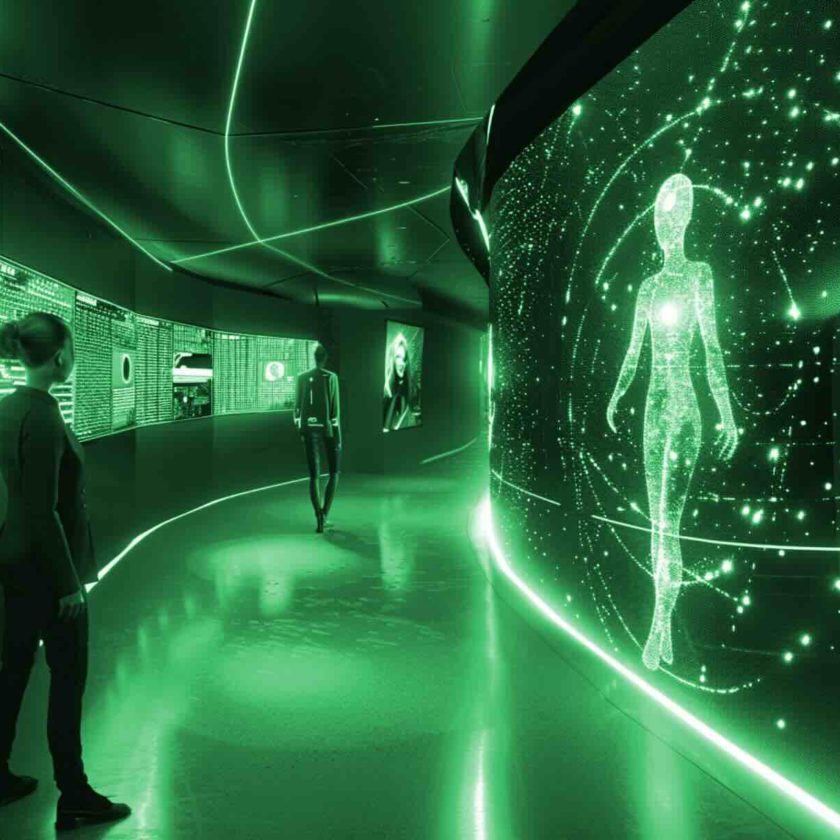From blue collar to hoodie
You have no doubt noticed that we are in the midst of an economic upheaval, and employment is particularly affected. We are experiencing creative destruction on a large scale: 85% of the jobs of 2030 do not exist today(1).
What are the implications of such a reshuffling of cards?
Let’s analyse together the future changes to be expected and how they will impact the corporate culture.
To sum up the situation, we could say that we are contemporaries of a reversed industrial revolution: we are massively moving from the status of employee to that of craftsman. This means that we need to rethink our skills acquisition strategies today and rethink the way we plan for the next 10 to 20 years.
Of course, the strategy to adopt will be different depending on whether we are 30, 40 or 50 years old. Nevertheless, it is essential to have certain information in mind in order to make the right choices now.
First of all, it is necessary to separate three categories of advantage when talking about employment: skills, knowledge and abilities.
A job is a subtle mix of these three categories of advantage.
Even if you don’t know the future of the jobs you need because most of them don’t exist, you can adopt a strategy of focusing your efforts on the benefit categories you are looking for.
A job is like a recipe. The future consists of restaurants whose customers (the needs of the market) will enjoy dishes that are still unknown. Imagine yourself as a chef in a restaurant. You can get the ingredients you need for tomorrow’s recipes today.
Let’s take a look at a list proposed by futureskills.pearson.com (2) which is a sort of shopping list of the ingredients you need to start buying. Let’s look at the top 10 benefits you are looking for tomorrow:
1 Skill Learning Strategies: The ability to learn to learn and to plan your learning.
2 Psychology (knowledge): Knowledge of the workings of human psychology
3 Teaching (skill): Knowing how to transmit knowledge
4 Social Perception (skill): Being aware of others’ reactions and understanding why they react the way they do
5 Sociology and anthropology (knowledge): Sociological (societies and how they function) and anthropological (man as a species) knowledge.
6 Education and training (knowledge): Knowing how to educate and train
7 Coordination (skill): Knowing how to effectively use the potential of one’s collaborators, partners and network in order to create synergy.
8 Originality (ability): Able to deploy original thinking i.e. ahead of its time.
9 Fluency of ideas (skill): Being able to make connections between ideas that seem foreign at first glance.
10 Active Learning (skill): Ability to continuously acquire new knowledge
This in-depth change in the world of work through the search for new assets will make the blue collar/white collar division disappear. This is no longer relevant in a post-industrial era. The clothing symbol of this new era is the hoodie, symbolizing at the same time organizational horizontality, telework, independence and creativity.
*sources:
(1)the next era of Composite Graphics human|machine PARTNERSHIPS https://www.delltechnologies.com/content/dam/delltechnologies/assets/perspectives/2030/pdf/SR1940_IFTFforDellTechnologies_Human-Machine_070517_readerhigh-res.pdf
(2) THE FUTURE OF SKILLS EMPLOYMENT IN 2030 FUTURESKILLS.PEARSON.COM
https://futureskills.pearson.com/research/assets/pdfs/technical-report.pdf




